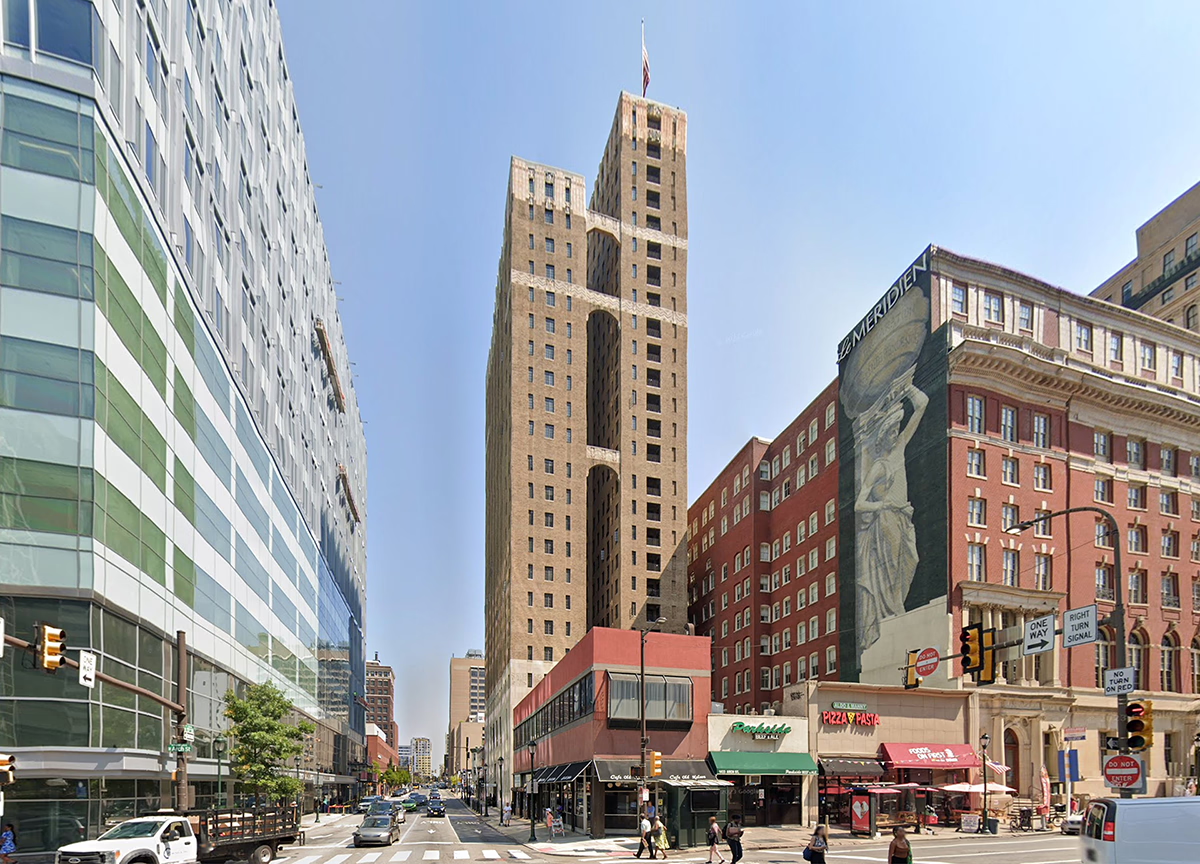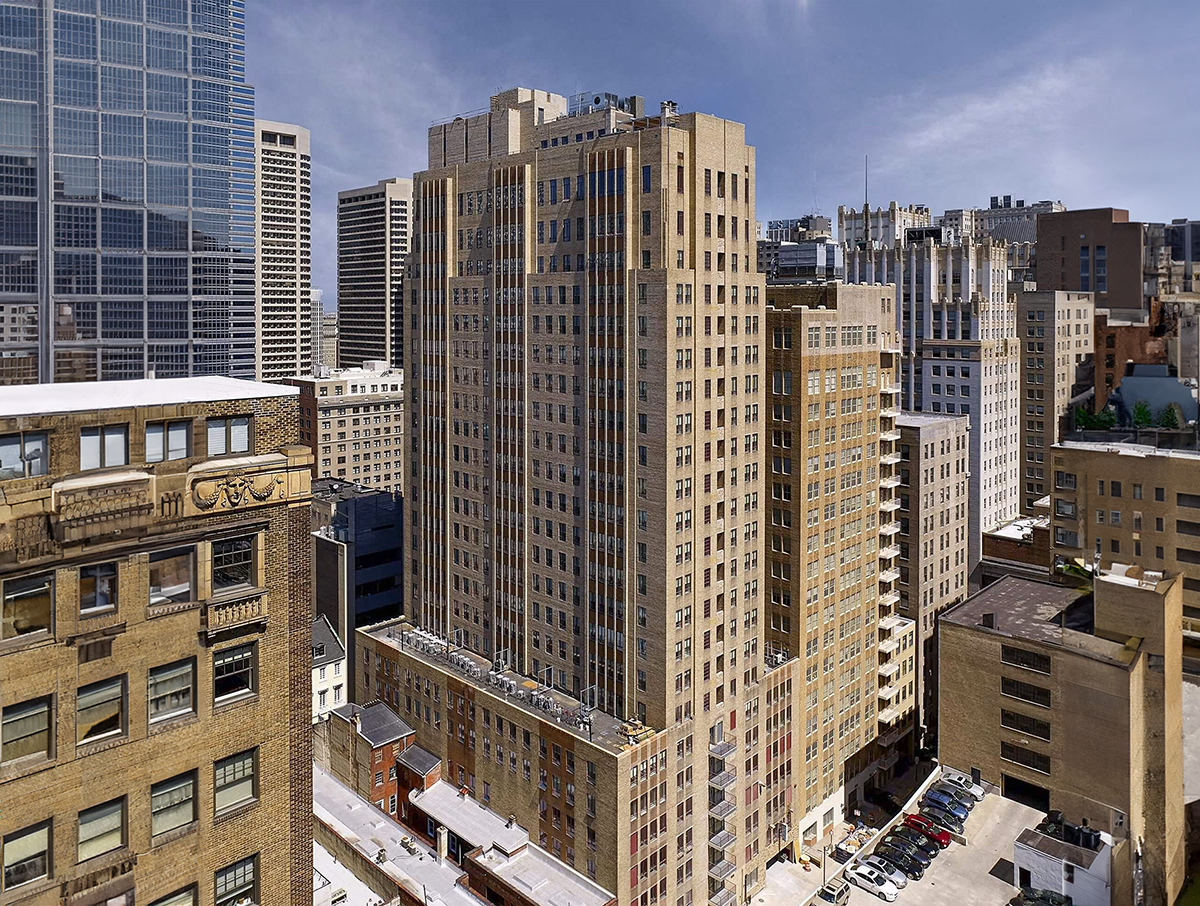YMCA Philadelphia vs 1616 Walnut Street Building


Comparing the YMCA Philadelphia and the 1616 Walnut Street Building is interesting because they both stand in Philadelphia, PA, and were completed within 2 years of each other, but they were designed by different architects.
This offers a unique glimpse at how rival designers approached projects in the same city during the same era.
Height & Size
These two towers present an interesting contrast in their proportions. The 1616 Walnut Street Building rises higher at 308ft (94m), while the YMCA Philadelphia reaches 0ft (m). However, the YMCA Philadelphia accommodates more floors with 26 levels above ground, compared to 24 floors in the 1616 Walnut Street Building.
This suggests different approaches to interior space design. The 1616 Walnut Street Building has an average floor-to-floor height of approximately 3.9m, while the YMCA Philadelphia has more compact floors averaging around 0m each. The taller building's more generous floor heights might indicate grander interior spaces, higher ceilings, or different programmatic requirements.
These different proportions likely reflect the specific needs each building was designed to serve, whether driven by zoning regulations, client requirements, or the intended use of the spaces within. The contrast shows how architects can achieve different spatial experiences even when working with similar overall building scales.
Architectural Style
Both the YMCA Philadelphia and the 1616 Walnut Street Building were designed in line with the aesthetic conventions of the Art Deco style.
At the time, this style was at the height of its popularity. So both Louis El Jallade and Tilden, Register & Pepper followed what was in many ways expected of them, producing designs that fit comfortably within contemporary architectural norms, rather than breaking with convention.
Uses
Both the YMCA Philadelphia and the 1616 Walnut Street Building are primarily residential towers, serving similar roles in the urban fabric.
Originally, the 1616 Walnut Street Building was designed for commercial, but over time it was converted to residential. The YMCA Philadelphia by contrast has maintained its original role.
In terms of capacity, the YMCA Philadelphia offers 120 apartments, while the 1616 Walnut Street Building provides 220 units.
The 1616 Walnut Street Building also provides 160 parking spaces.
Structure & Facade
These two towers illustrate the many possible ways to combine structure and enclosure in skyscraper design.
| YMCA Philadelphia | 1616 Walnut Street Building | |
|---|---|---|
| Louis El Jallade | Architect | Tilden, Register & Pepper |
| 1926 | Construction Started | 1929 |
| 1928 | Year Completed | 1930 |
| Art Deco | Architectural Style | Art Deco |
| Residential | Current Use | Residential |
| 26 | Floors Above Ground | 24 |
| 120 | Residential Units | 220 |
| PA | State | PA |
| Philadelphia | City | Philadelphia |
| 115 N. 15th St | Address | 1616 Walnut Street |